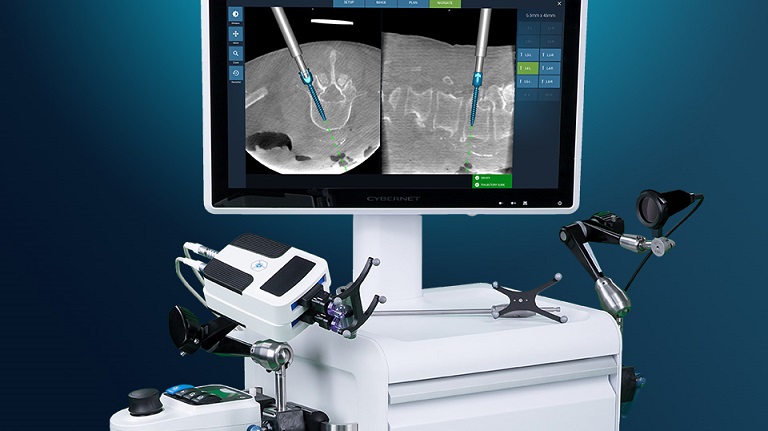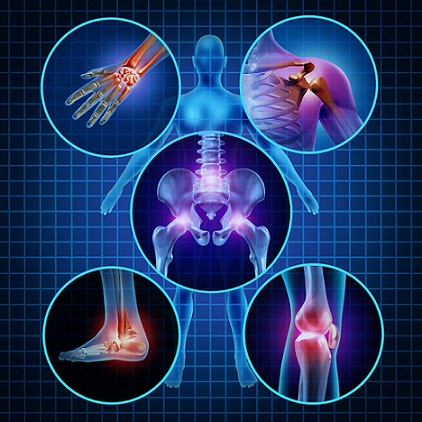Elizabeth Hofheinz, M.P.H., M.Ed.
New work from the Perelman School of Medicine of the University of Pennsylvania has determined that while too many opioid prescriptions are going unused, there is an upside: patients are open to sending text messages to their care team regarding how much they are using their opioid prescription.
The study, “An Automated Text Messaging Program to Inform Postoperative Opioid Prescribing,” appears in the February 17, 2021 edition of NEJM Catalyst.
The system, built by a multidisciplinary team, was able to capture real-time information on opioid use and patient-reported outcomes.
M. Kit Delgado, M.D., assistant professor of Emergency Medicine, was a co-author on the work and told OSN, “We needed a system that could alleviate surgeons’ valid concerns that reducing the number of pills prescribed for pain following a given procedure wouldn’t leave patients with increased or uncontrolled pain. This system allows us to collect data on patient reported pain and the amount of pills left over in a way that can serve as a continuous feedback loop for prescribers. We hope this will help surgical clinicians to better tailor opioid prescriptions to patient needs while maintaining excellent pain control and at the same time reduce the number of opioid pills that go unused.”
The messaging system posed questions on issues such as pain level, ability to manage their pain, and their use of prescribed opioids. Messages were programmed to be sent on the 4th, 7th, 14th, and 21st days after surgery.
“We are always concerned that we will not provide enough medicine to care for our patients’ post-operative pain,” stated Brian Sennett, M.D., chief of Sports Medicine, to OSN: “We want to treat our patients well but not overprescribe. In the future, I’d love to share this information with our patients and get them involved in their own pain management, which I believe will result in the next great reduction in opioid prescribing.”
Co-author Anish Agarwal, M.D., an assistant professor of Emergency Medicine, added, “Prior research has shown that many prescription opioids remained unused after common surgeries. Our team wanted to build a scalable and automated way of gathering patient-reported data in real-time to help guide and support clinicians in their future prescribing.”
“A major milestone was in obtaining the support of the health system leadership. With this, we were able to safely obtain remote consent and reach many more patients while still preserving privacy. Another key point was the ability to continuously adapt and adjust the questions we built into the system. This ensured that our clinicians were getting patient-reported data they can trust and use to build prescribing guidelines.”
“Many opioids remain unused following common orthopedic surgeries and this approach offers an opportunity to tailor prescribing while still managing pain. Systems which are built to learn from patients and inform care are possible and this program is an example of how we can create these systems at scale.”








